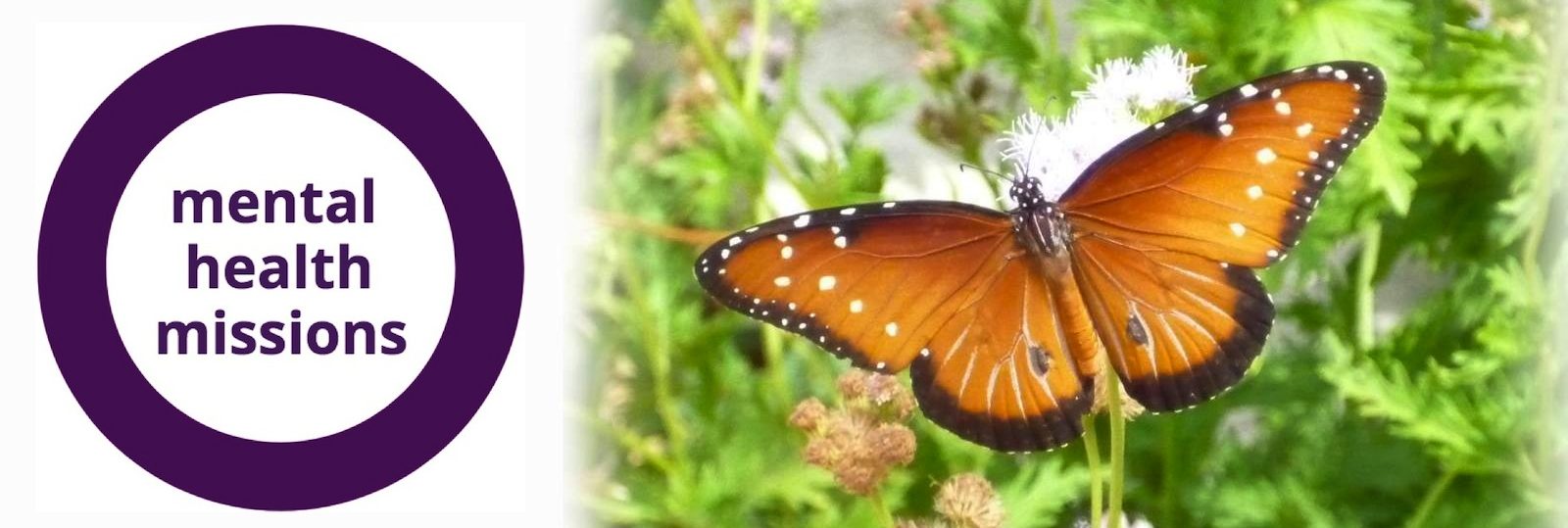Animals have long been companions for humans with stress. As it turns out, they can feel stress too. A Colorado shelter tackles animal mental health through special enrichment programs designed to relax dogs and cats
by Melanie Taussig
Nestled amid the lush forest that surrounds Steamboat Springs, Colorado sits the Routt County Humane Society. Situated a few miles outside of the downtown area, the Humane Society is perched on a large chunk of land in an otherwise industrial part of town. Animal shelters are often thought to be melancholy places but the Routt County Shelter does not feel like a sad place. In fact, the staff is doing everything they can to permeate a sense of comfort and create a welcoming feeling for the animals who come here and for those human visitors who are contemplating adoption.
What sets the Routt County Shelter apart is the “Enrichment Programs” designed for those animals who, for the time being, are residing at the shelter. The goal of the program is to alleviate stress and provide as relaxing environment as possible for the dogs and cats. Engagement and stimulation are also vital components of the program. The dogs participate in a variety of activities that engage all the senses (somatic touch, scent sniffing, and calming radio channels, just to name a few). There is exposure to aromas ranging from vanilla to lavender as well as touch massages. In addition, Reiki therapy is provided to the dogs and cats, courtesy of a local volunteer. Reiki is an energy practice that helps to promote emotional and physical healing and restore balance. It is a practice that has long been used on people and can also be beneficial for animals.
Another unique aspect of the Enrichment Program is the dogs’ exposure to music. Each week the canines are treated to live concerts performed by volunteer musicians from the local community. Music can be soothing and cathartic, helping to reduce stress levels in the dogs. The genre of music and instruments used vary. There are volunteers who play the ukulele and others who sing anything from folk music to Janis Joplin songs. On the day I visit, a volunteer musician plays guitar and sings a rendition of “Ain’t No Sunshine.” The audience: Ginger, a 2 year-old Heeler-Shepard mix, Jess, a 5 month old Cattle Dog, and Snow, a 10 month old Heeler, all who have lined up to listen attentively and have a front row seat to the show. Cacophonous at first, as the music plays on, the dogs pacify and the aura becomes quiet and calm. By the end of the performance, all three dogs are lying down, presumably enjoying the tranquility of the melody.
 |
Snow the dog listening to a volunteer musician sing as part of the Enrichment Program at the Routt County Humane Society in Steamboat Springs, Colo. Photo credit: Melanie Taussig for Mental Health Missions |
The staff here recognizes a shelter can be a stressful environment and hopes the enrichment program offerings will diminish any anxiety an animal might be feeling. The team of employees is used to working with animals who may have been subjected to maltreatment and have trauma. To establish rapport, staff takes the dogs on long walks and on car rides into town. They play with the cats in the enrichment room. They foster an environment that creates a feeing of peace and safety amongst the animals. Mikhaila Hobbs, the shelter manager explains, “we want the animals to see the shelter as a good and positive place.” The engaging and interactive activities are intended to build trust and resiliency within these animals. “We want the shelter to be a positive experience and to be rehabilitative,” explains Ms. Hobbs. “We are trying to rehabilitate animals emotionally and physically. We want this to be a place where animals can overcome the struggles they have gone through in the past.”
In addition to a devoted staff, the shelter has a robust volunteer program, which is critical to its operation. Volunteers perform tasks that range from cleaning kennels to walking dogs to engaging in play with cats. Having a prolific volunteer program allows the shelter to function more optimally than it otherwise would, a reminder that animal shelters everywhere rely on the support of those who selflessly donate time and money to help these organizations to thrive. “The animals,” says Ms. Hobbs “wouldn’t have as great of a life if it wasn’t for our volunteers.”
The nurturing and stimulating environment not only make for a better quality of life for the animals during their time at the shelter, but also makes them more adoptable. The animals are generally calmer and better adjusted, qualities that can resonate with people looking to adopt a pet. “We don’t want the animals to only sit in the kennel. We want them to enjoy being at the shelter,” says Ms. Hobbs. Although the animals may grow to be comfortable and enjoy the shelter environment, the ultimate goal is for each dog and cat to be adopted.
When prospective pet-adopters come to browse, staff wants to ensure that the animal who goes home with a person or family is a good complement to their lifestyle. Ms. Hobbs explains that the shelter does not want to pair a dog that is inclined to be sedentary with someone who is looking for an active dog to hike with. There are several questions that staff will ask of people who are considering adopting a pet in hopes of making a good match for both the human and for the prospective animal adoptee. “We want to get these dogs adopted,” says Ms. Hobbs “but we want to make sure it’s a good fit.”
Stress from being at a shelter can persist post-adoption if animals aren’t mentally stimulated in their new environment. This is why having conversations about how to continue providing ongoing enrichment once an animal finds their forever home is important. For anyone who is considering pet adoption, it is crucial to understand things such as the animal’s temperament and how to effectively engage and interact with your new pet. “Animals need stimulation, they need enrichment, they need exercise,” explains Ms. Hobbs. An environment devoid of any source of stimulation or routine can lead to anxiety, which can manifest in destructive behaviors. Education is essential in helping people understand the needs of their pet. “Letting people know that animals need stimulation, that’s the key to having a successful relationship with your pet.”
Throughout the shelter there are constant reminders of the enrichment program. From the interactive play areas, to the packed activity board that list activities such as “lavender spray” and “touch massage” to the musicians performing for the dogs’ enjoyment. Collectively, these programs are in place to address the well-being of the animals. Walking through the shelter there are numerous examples that showcase the bonds that animals are capable of experiencing. This is apparent as Duke, a longhaired black cat with white paws playfully gnaws a ball of string and is all too happy to be in receipt of affection. You could say that he is having a mentally good day. Dina is another cat who paws and yearns for attention, these playful gestures perhaps a subtle hint of a longing wish to find a forever home.
The capacity and desire for connection is a clear indication of the emotional needs and feelings these animals possess. It is evidence that mental health issues are undeniably universal, affecting each and every one of us, people and pets alike.
According to the Humane Society of the United States, each year 6-8 million pets wind up in shelters. If you are thinking about getting a pet, please consider adoption. To learn more about adopting a pet from a shelter or rescue group click here. For additional information about the Routt County Humane Society and the Enrichment Program, to learn about pets available for adoption, for volunteer opportunities, or to make a donation, click here.
 |
Duke the cat playing as part of the Enrichment Program at the Routt County Humane Society in Steamboat Springs, Colo. Photo credit: Melanie Taussig for Mental Health Missions |

 by
by 

